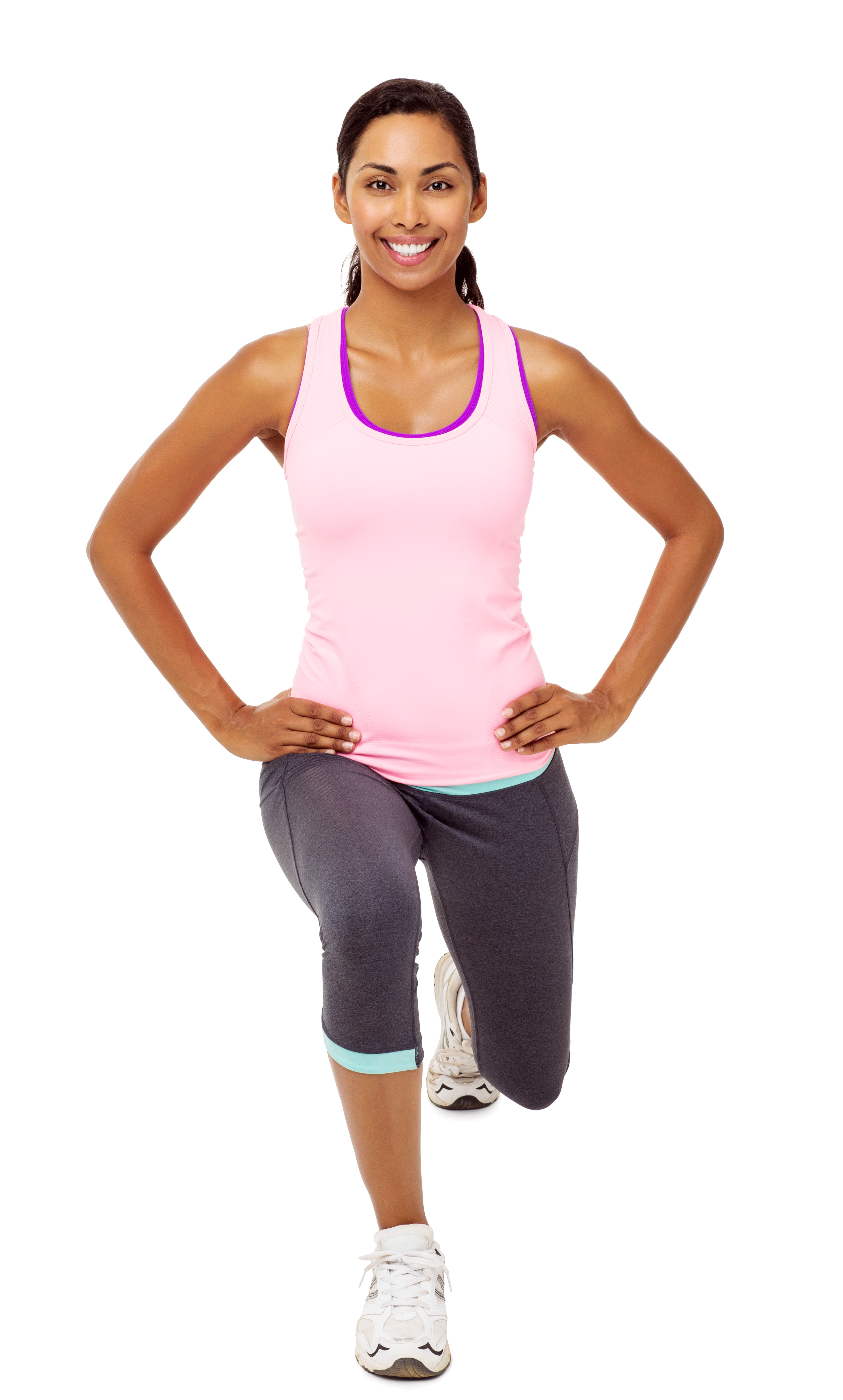Functional training is a term that has gained attention and focus in the fitness industry in the past ten years with equipment and workouts being designed to specifically accommodate this concept in exercise. The truth is “functional training” has always been around as its most simple definition is: training the body for the demands of normal life. Our everyday activities involve some pretty complex maneuvers we may not even think of in this way, such as getting into a vehicle, which involves lowering the body, turning into the transverse (rotational) plane and shifting our weight laterally at the same time as we transfer from feet on the ground into the automobile. Since life itself places many demands on us as we move through our normal day, our exercise should also include some moves that prepare us for these demands. Not in a specific order, the following four pillars of functional movement serve as a simple guide to ensure you are including the basics of functional movement in your routines.
The first pillar we will discuss is ‘push & pull’ and may be accomplished most simply by including some form of chest press and row (pull) in your workout. Basic bench press or a seated chest press satisfies the first part and a low pulley row or compound row gets the second. This pillar includes all forms of pushing and pulling exercises as these are basic functions important to our normal activities outside the gym.
Next we have ‘raise & lower’ referring to body weight; this is most easily illustrated by a basic body-weight squat as we raise and lower the body up and down. Other exercises that satisfy this pillar include lunges, leg press (replicating the muscles used in the squat example) and movement patterns that include walking lunges or compound movements such as squat-press.
The final two pillars are ‘rotation’ and ‘starting & stopping/changing directions.’ Rotation can often be integrated or included in movements satisfying another pillar. An example would be stepping forward into a diagonal lunge and rotating the back hip to face the same direction as the front foot. There are many types of exercise equipment also designed for the rotational pillar such as torso rotators; another basic example of a move is an oblique crunch, adding the “twist” to the side vs. going straight forward in an Ab crunch. The ‘starting & stopping’ pillar involves an activity such as a side-to-side shuttle run but can also be as simple as doing lunges in multiple directions i.e. side lunch, diagonal forward, straight forward etc. Recreational sports such as basketball or soccer also employ this last pillar.
Depending on your own personal routine and how you choose to go about working your body, the four pillars of functional movement can be included in a circuit all together or worked into a split routine, adding moves and exercises that satisfy the pillars and match the muscle groups worked on any given day. For more information on including these demands in your workouts, see a fitness professional at a gym today.


